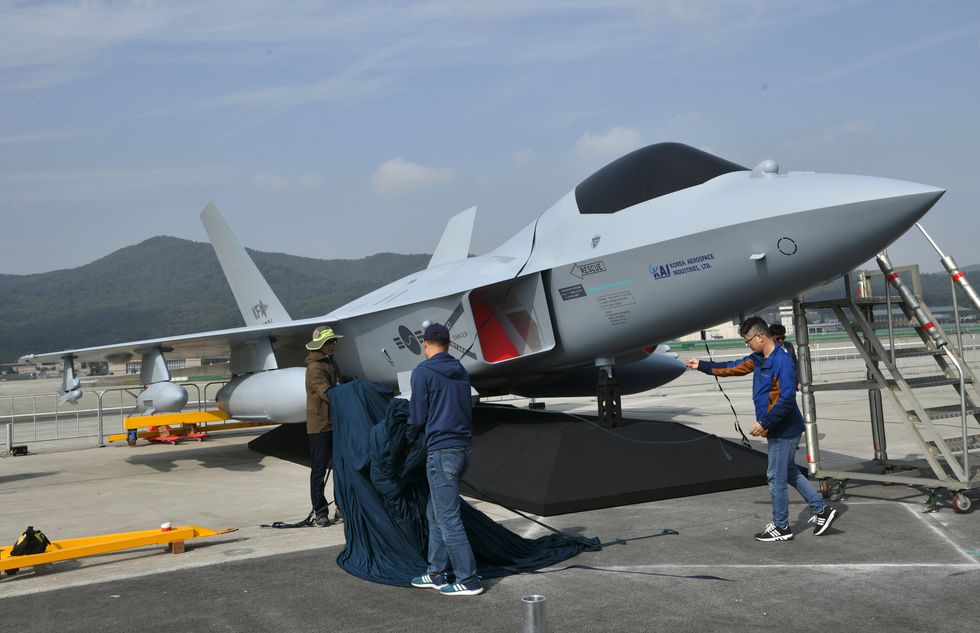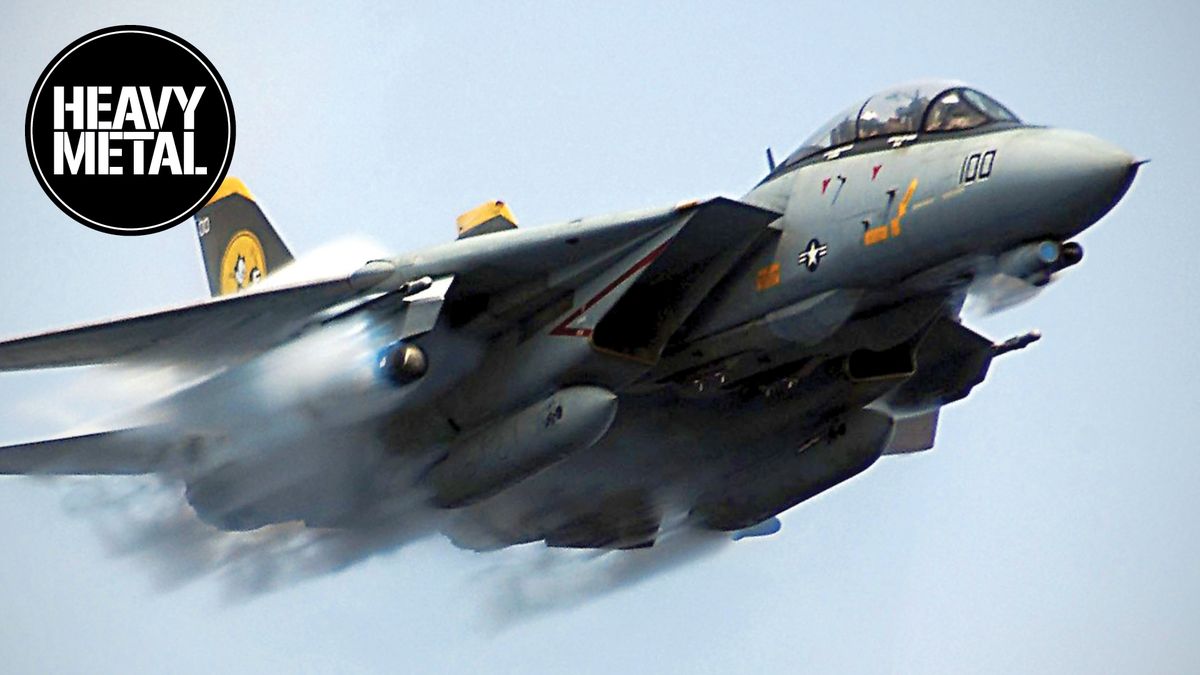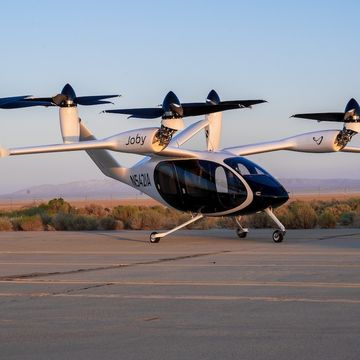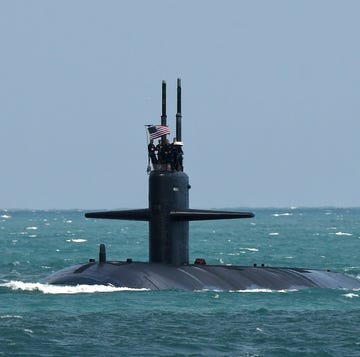- South Korea has unveiled its new Boramae (“Falcon”) fighter jet.
- The fighter, built in cooperation with several international defense contractors, should enter service in the early 2030s.
- The jet could become an export hit with countries that can’t afford the F-35.
South Korea has unveiled the first fighter jet indigenous to the Korean peninsula. The KF-21 Boramae (“Falcon”) will replace older fighters in the Republic of Korea Air Force.
➡ You love badass planes. So do we. Let’s nerd out over them together.
The jet, which resembles the F-22 Raptor, could also become a hit with smaller air forces or countries seeking a more affordable fighter fleet.
South Korea revealed the KF-21 on April 9 in a socially distanced ceremony in Seoul. The country first announced the fighter in 2015, and subsequent development only took 6 years. South Korea developed the fighter in cooperation with Indonesia, though there has been grumbling that Indonesia failed to pay its share of the development costs.
Here’s the rollout ceremony as it was shown live on South Korea’s MBC network:
There’s a reason a country that had never built a fighter before brought the KF-21 to life so quickly: outside help.
Korea Aerospace Industries (KAI) worked with American defense giants Lockheed Martin and General Electric to develop the KF-21. Israeli defense contractor Elbit provided terrain following/terrain avoidance expertise for safe flying during low-altitude flight, while another Israeli company, Elta, helped develop the radar system.
Armament will be outsourced entirely: The KF-21 will be armed with BAE’s Meteor air-to-air missile (the world’s first ramjet-powered anti-air missile), and the Saab/MBDA Taurus cruise missile will likely provide precision air-to-ground firepower. The fighter is also armed with an M61 20-millimeter Gatling gun provided by General Electric.
The new fighter jet is 55 feet long with a wingspan of 36 feet, making it just a shade longer and narrower than the F-35A Joint Strike Fighter, and noticeably smaller than the F/A-18E/F Super Hornet and F-22 Raptor. The Boramae looks a lot like the F-22 Raptor, with canted vertical stabilizers, diamond shaped wings, angular air intakes, and twin jet engines.
The aircraft has 10 external hardpoints for carrying weapons, sensor pods, and fuel. It has a minimum takeoff weight of 17,000 pounds and a maximum takeoff weight of 56,400 pounds. The Boramae’s two General Electric F414 engines, the same engines in the F/A-18E/F Super Hornet, can generate a maximum of 44,000 pounds of thrust. KAI describes the jet’s top speed as 1,400 miles per hour (mph), or just short of Mach 2.
South Korea refers to the Boramae as a “4.5-generation fighter.” The fighter isn’t meant to be as stealthy as fifth-gens like the F-22 or F-35, though it almost certainly has a smaller radar signature than fourth-gens like the F-15 and F-16. The Boramae is somewhere in-between.
The KF-21’s technologies include an advanced electronically scanned array radar system for detecting and tracking aerial threats, an infrared search and track system for quietly detecting aircraft at shorter ranges, and an electro-optical target pod that can detect targets on the ground.
South Korea has big plans for the KF-21. The country has an export-driven economy, with brands like LG, Hyundai, and Samsung considered household names in the U.S. Now, the country is beginning to ramp up its defense industry with an eye toward arms exports.
In addition to Indonesia, South Korea is looking to the Philippines as a buyer. As long as KAI can keep manufacturing and operating costs down, the Boramae could be an attractive option to middle-sized air forces or those in developing countries. Not every country can afford an F-35, and there are plenty of air forces out there that would accept 60 percent of an F-35’s capability with 60 percent of the price tag.
South Korea’s Defense Acquisition Program Administration says the KF-21 will integrate weapons by 2026, finish flight testing by 2028, and be combat-ready by 2032. South Korea plans to have 40 jets flying by 2028, and 120 jets by 2032.
The Boramae will replace very old F-5E Tiger II and F-4 Phantom II fighters in Republic of Korea Air Force service. Those jets are ready to retire now, so any delay in the KF-21 program could leave a capability gap in the country’s fighter fleet.
🎥 Now Watch This:

Kyle Mizokami is a writer on defense and security issues and has been at Popular Mechanics since 2015. If it involves explosions or projectiles, he's generally in favor of it. Kyle’s articles have appeared at The Daily Beast, U.S. Naval Institute News, The Diplomat, Foreign Policy, Combat Aircraft Monthly, VICE News, and others. He lives in San Francisco.















